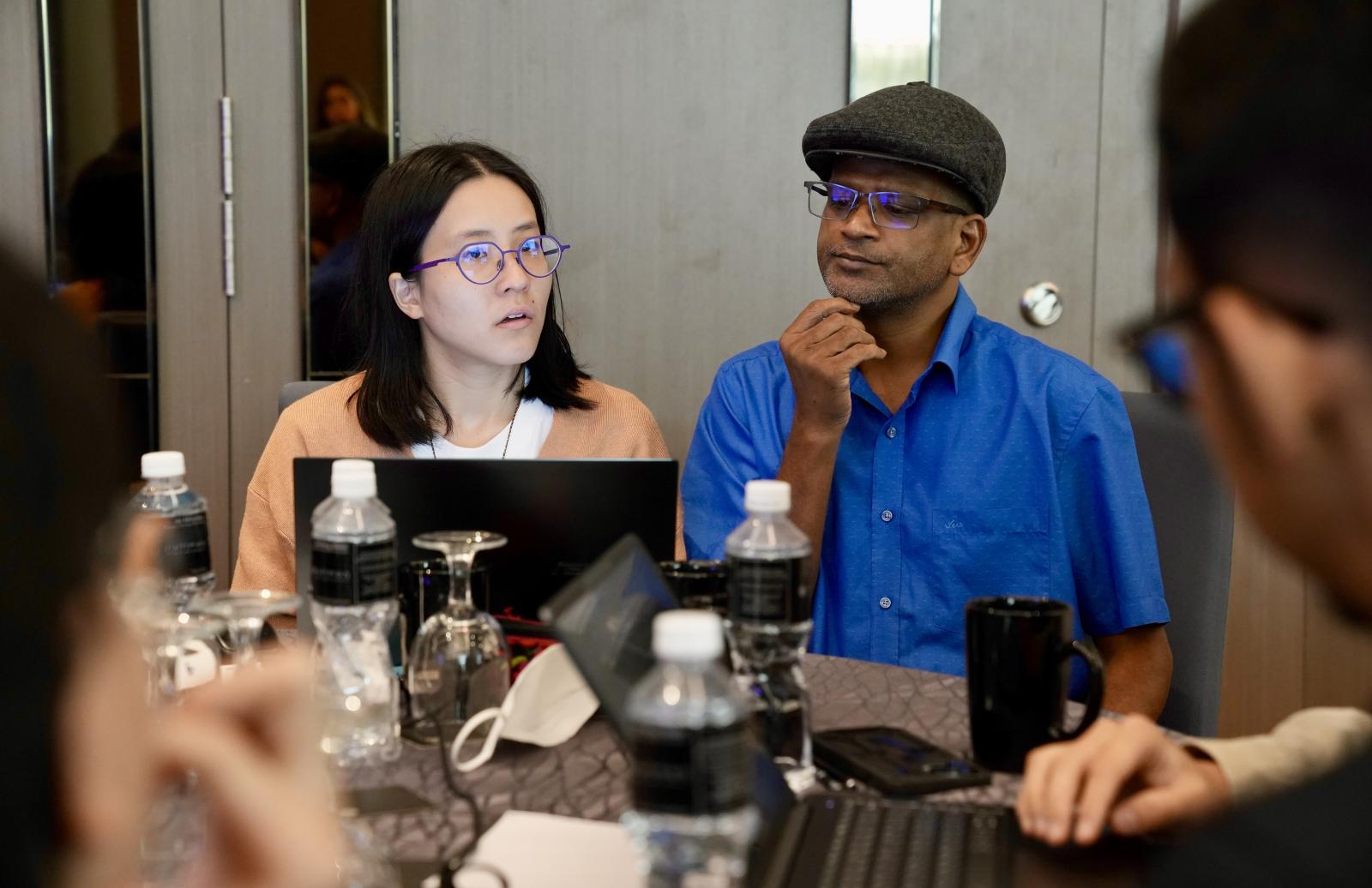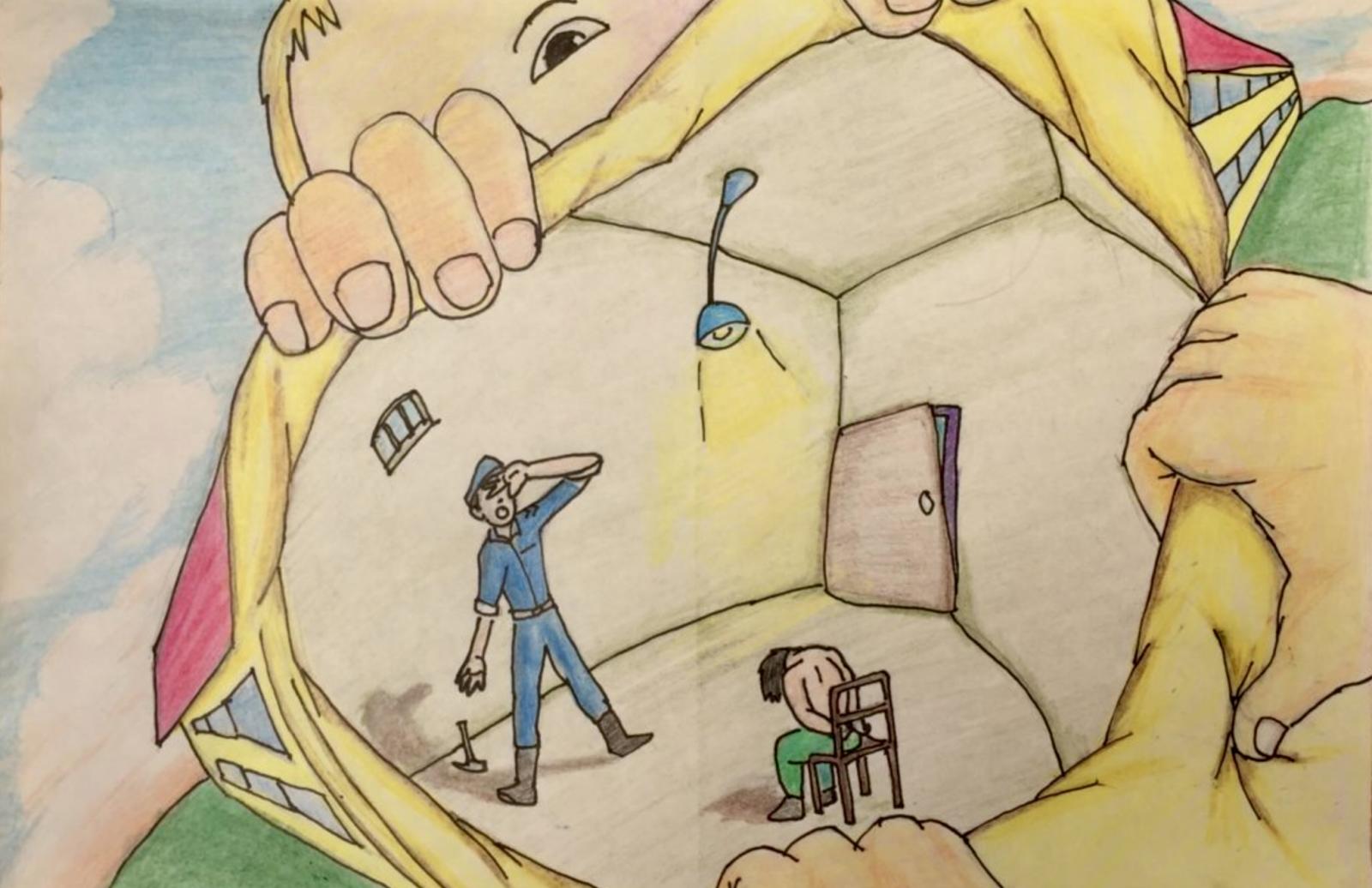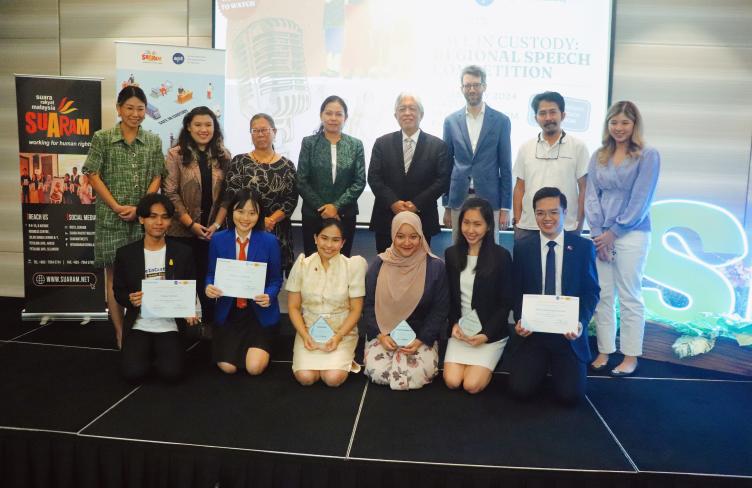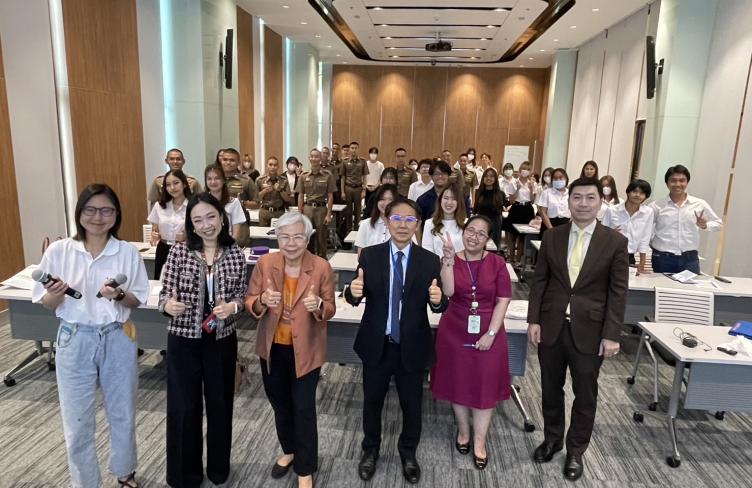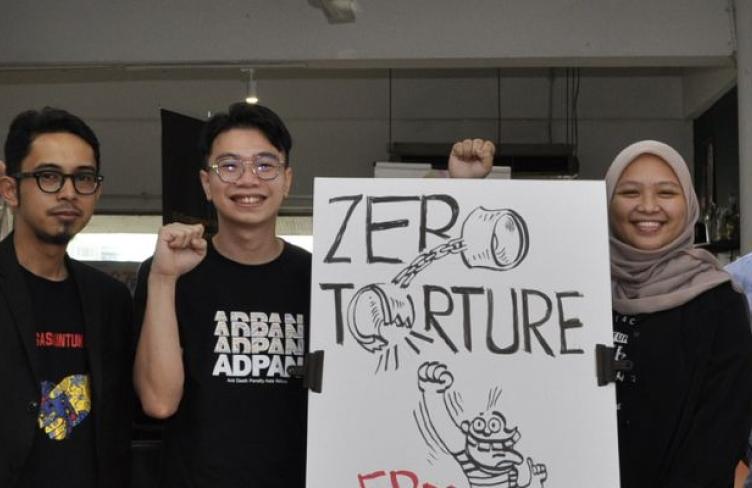
Introducing hope-based communications
Hope-based communications seeks to mobilise support and inspire action for a shared vision of how things can be better. It prioritises hope over fear, solutions over problems, and opportunities over threats: it is the opposite of a ‘naming and shaming’ approach that entrenches division.
Hope-based communications is based on the understanding that we are most effective when we focus on building the world we want and set an agenda for change that aligns with the values and goals of our partners and other audiences.
This approach helped set a shared basis for meaningful dialogue and exchange on critical issues related to torture prevention, particularly during the first hours of custody.
Applying this good practice
1. Start from common ground
We set out a common vision for the society we want to create: one where everyone is safe in custody. This approach allowed us to align with the goals and values of our partners and other stakeholders, fostering a sense of collective purpose. Building on this this approach, our project partners were able to establish collaborative working relationships with government and law enforcement stakeholders. In the Philippines, TFDP co-hosted dialogues and the Basta Run Against Torture with the Commission on Human Rights of the Philippines, with strong participation from law enforcement and government representatives. In Thailand, CrCF, the Ministry of Justice, and the National Human Rights Commission collaborated to present a series of #SafeInCustody Schools around the country.
2. Build on local momentum
A deep understanding of the local contexts, needs and opportunities is essential to build momentum for torture prevention. For example, in Malaysia, we identified that there remains a strong need to promote the understanding that torture is absolutely prohibited, as well as build public awareness about rights in custody. This guided SUARAM’s decision to host a #SafeInCustody festival, featuring panel discussions, live music, and theatre performances to promote discussion of these issues. In Thailand, there was significant momentum for change following the adoption of anti-torture legislation. We seized the opportunity to plan activities and training programs, drawing on hope-based communications principles, to respond collaboratively and creatively to these needs.
3. Reach out to people in new ways
We utilised diverse and creative communication methods, including art, photography, cartoons, music, festivals, fun runs and public speaking events. These approaches helped us engage hearts and minds – and sometimes bodies – making our messages more compelling and memorable.
Ideas for action
Hope-based communications was a good practice that Safe in Custody partners used to engage diverse audiences, including government, law enforcement agencies, and young people. We developed messages and resources that resonated with individuals from these different backgrounds and provided opportunities for dialogue and exchange on issues related to torture prevention, especially during the first hours of custody.
1. Set a shared vision for the society we all want
Action: Articulating a vision for change you want to see, based on shared values with your partners and prioritising solutions to prevent torture.
How: Share stories of individuals, communities and law enforcement agencies that have benefited from the implementation of detention safeguards, such as effective interviewing practices. Share case studies, testimonials and examples of positive change to demonstrate the impact of your efforts. Use all the communication channels at your disposal: social media, mainstream media, newsletters, roundtables and public events. By emphasising the possibility of change, and how this can be achieved, you can strengthen existing partnerships, build new ones and inspire others to take action.
2. Provide opportunities for people to take meaningful action
Action: Encourage meaningful participation by your partners and supporters, including young people and others who share your vision for societies without torture.
How: Offer tangible ‘human-sized’ actions that people can take to support torture prevention efforts. This could include volunteering, signing petitions, participating in awareness campaigns, or attending workshops. Celebrate and showcase their efforts and regularly communicate the progress that you are making together. Engaging people in community projects, advocacy efforts or educational initiatives also helps transfer skills and knowledge, which strengthens your torture prevention movement. It also instils a sense of agency and optimism, encouraging people to take ownership of the cause and expand its reach and impact.
3. Be creative in your communication
Action: Use storytelling, art, photographs, cartoons, music and other creative forms to communicate in ways that engage hearts and minds.
How: Creative communication helps convey complex messages in a way that captures the human dimensions of the issue. Photography, art, cartoons and music – when created with honesty and ethics – can be powerful tools to engage the hearts and minds of supporters and others you want to reach. Storytelling that focuses on the courage, strength and resilience of people is another powerful form of communication. Look for opportunities to collaborate with artists, designers, and photographers to create compelling content that can be shared across different platforms. Creative and memorable content will also help you connect with new audiences and build your support.

